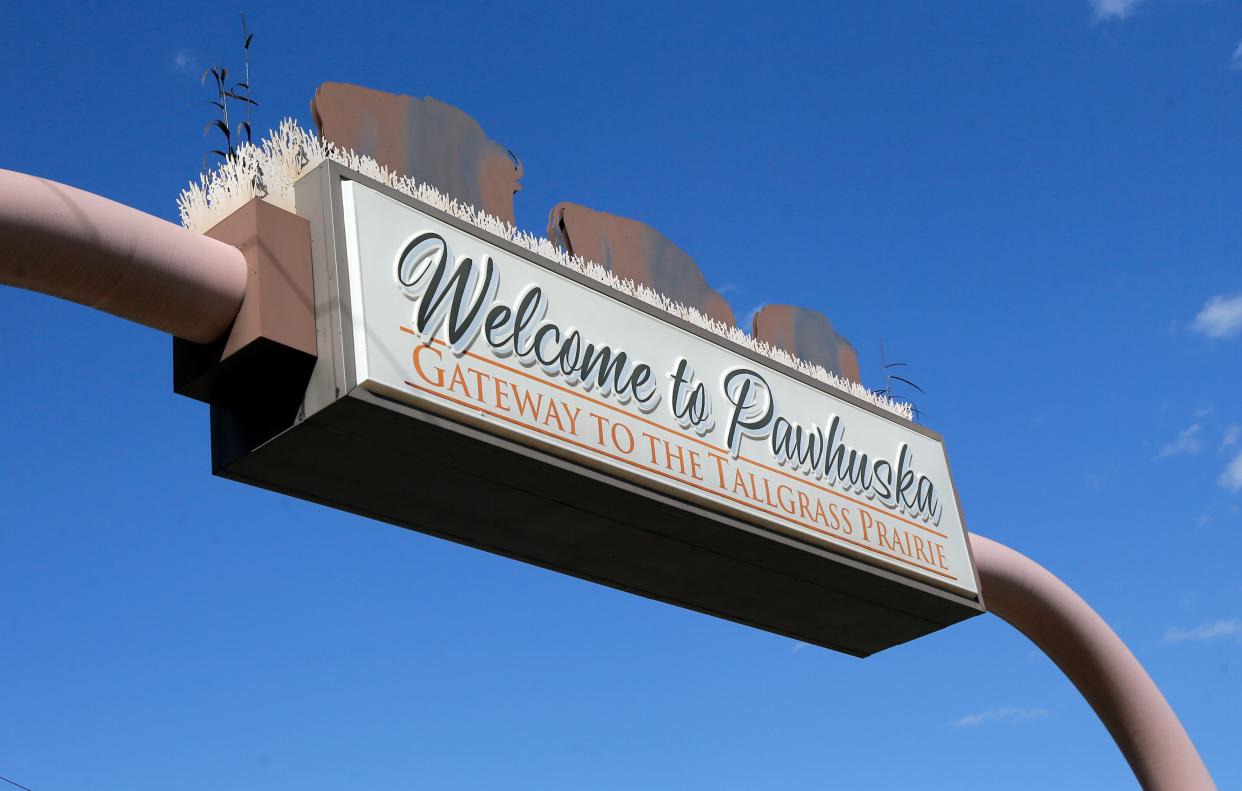An Oklahoma tribal nation conducted a census for the first time. Here's what it found

About a quarter of Osage citizens participated in the tribal nation’s first ever census, results released this week by the northern Oklahoma tribe show.
Alice Goodfox, an Osage Nation lawmaker, said that while the data may not reflect all tribal citizens, it still gives Osage officials an idea of what’s working well and what might need to change.
It also provides information about Osage language and culture that isn’t captured in the U.S. census. Less than 10% of the 3,900 citizens who participated in the census said they could speak the Osage language at a basic level or higher. Nearly 80% said they would be at least somewhat interested in taking Osage language classes.
“I know a lot of Natives that don’t participate in the U.S. census, and quite frankly, they’re not asking the same questions that we could,” Goodfox said. “So why not do our own?”
She sponsored the 2022 bill that created the census, which was conducted last year online and at events held in the population hubs of Pawhuska, Hominy, Grayhorse, Oklahoma City and Tulsa. The law requires officials to conduct a new count every five years.
Tribal governments collecting their own information over state and federal data
The Osage Nation’s census is the latest example of a broader push by tribal governments to collect and store their own information, rather than rely on outside agencies or federal officials to gather that data.
When Susan Bayro began planning for the Osage census, she found few other tribes that had conducted similar counts. Now she’s receiving calls from leaders representing tribes across the U.S. who are thinking about replicating the Osage Nation’s model, said Bayro, the tribe’s secretary of administration.
Geoffrey Standing Bear, the tribe’s principal chief, described the census data as “critical to making sound and informed programmatic decisions.”
More: Legal shift could transform tribal online gaming. But what about in Oklahoma?
Before, tribal officials had no real way to quantify specific needs or assess how programs were working, Goodfox said.
“We just didn’t know enough about the constituents we were serving,” she said.
The census covers a wide range of questions, from queries about citizens’ living situations to their employment status to their health care needs. Bayro said leaders of every tribal department had a chance to suggest questions, so they could use the results in their day-to-day work.
“I didn’t want the data to just be collected and then it be set to the side,” said Bayro, who is also the mayor of Pawhuska, where the Osage Nation is based.
What did the census find?
She said one finding that stood out most to her was the relatively high education level reported by citizens who participated in the survey. Nearly half of respondents said they had a bachelor’s, graduate or doctorate degree, and 14% said they were currently pursuing higher education.
“We have a high level of high-level degrees,” Bayro said. “So it just tells me that our education department, our scholarship program — it’s working.”
More: Citizens of these five Oklahoma tribes can now hunt, fish on reservation lands
Goodfox said she was reading the full 64-page census report, but said some of the housing numbers jumped out to her right away. At least a quarter of respondents said three or more adults lived in their homes, and 90 people reported living with at least four other adults.
To Goodfox, those responses illustrated the housing crunch families face within the Osage Nation and across the state.
“Housing is such an issue here,” she said. “People just can’t afford it. They’ve got one, two, three and sometimes four generations of families living in a home just so that the grandkids or the great-grandkids can work, save, make ends meet and not have to pay outrageous rent.”
Half of respondents reported working full time, 16% said they were retired and 10% said they were unemployed. Almost half of those who responded said their personal income was at least $50,000 a year.
Most people said they had access to quality medical care, but many also reported ongoing health concerns. The most common issues included obesity, dental problems, mental health and chronic pain.
About half of the people who participated in the census live in Oklahoma, while the remaining responses came from citizens living in the 49 other states and 11 foreign countries.
Bayro said the tribe will eventually release county-level census data, as well as deeper looks at some of the other statistics shared in the report.
She said planning has started for the 2028 census, which will include some new or edited questions, as well as more coordinated efforts to reach Osage citizens living out of state.
Goodfox said she expects participation to climb as citizens learn that the purpose of the census is not to be nosy but to gather information to make better program and funding decisions.
This article originally appeared on Oklahoman: What the Osage Nation's first ever census of tribal citizens shows

